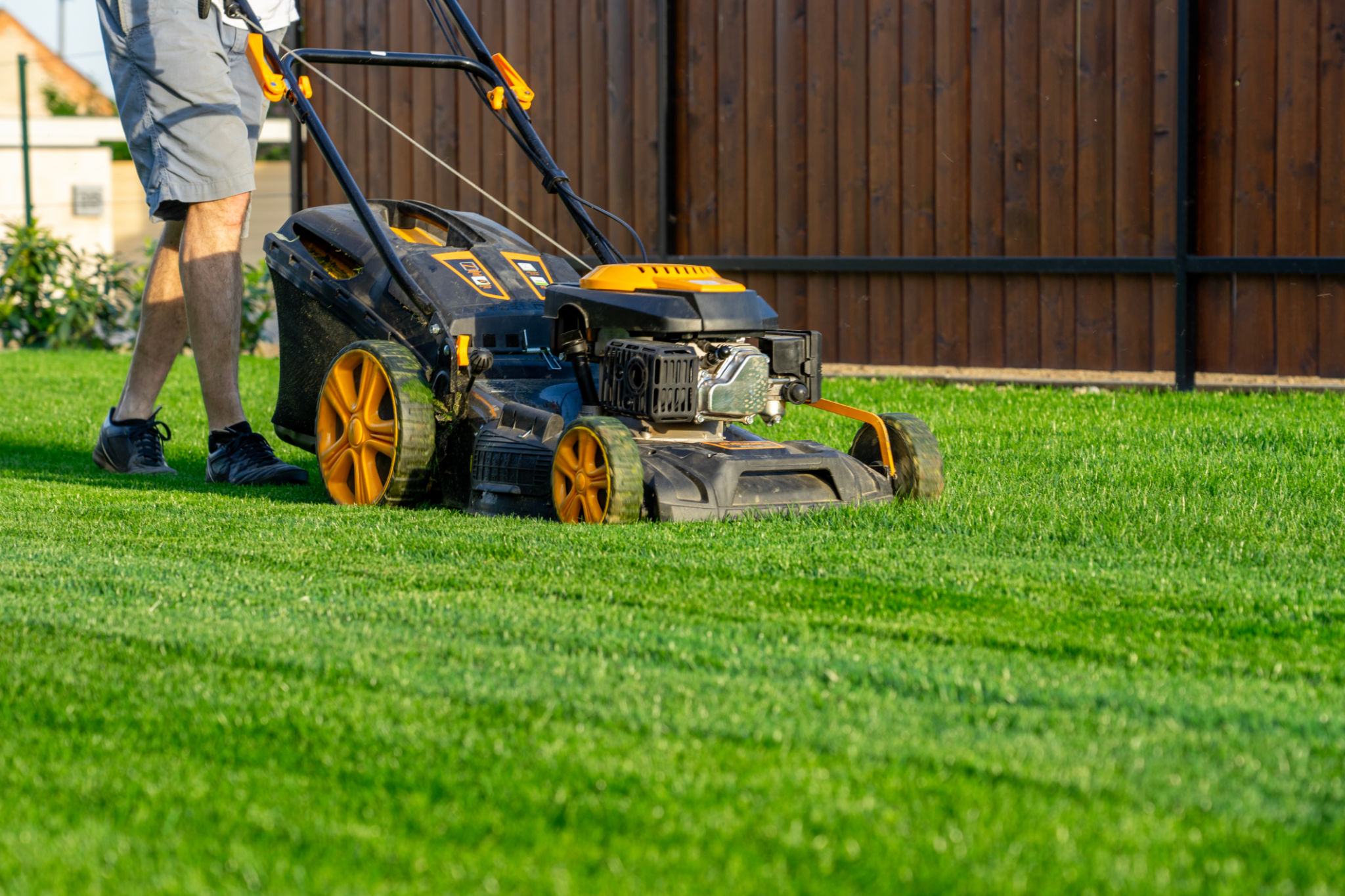Expert Tips for Maintaining a Healthy Lawn in Sanford's Climate
Understanding Sanford's Climate
Sanford, located in the heart of Florida, experiences a subtropical climate characterized by hot, humid summers and mild, dry winters. This unique climate presents both challenges and opportunities for lawn care. Understanding these weather patterns is crucial for maintaining a lush, green lawn year-round.
The region's high humidity and frequent rainfall can lead to rapid grass growth, but they also create ideal conditions for weeds and pests. Conversely, the dry winters require careful planning to ensure your lawn remains healthy. By adapting to these climatic conditions, you can achieve a beautiful lawn that's the envy of the neighborhood.

Choosing the Right Grass Type
Selecting the right type of grass is essential for a healthy lawn in Sanford. Some of the most popular choices include St. Augustine, Zoysia, and Bermuda grass. Each has its own strengths and weaknesses, so it's important to choose one that suits your specific needs.
St. Augustine grass is a top choice for many homeowners due to its tolerance for heat and humidity. It thrives in full sunlight and requires regular watering during dry spells. Zoysia grass, on the other hand, is known for its drought resistance and ability to grow in a variety of soil types. If you prefer a low-maintenance option, Bermuda grass might be the best fit, as it grows quickly and withstands heavy foot traffic.
Watering Wisely
Proper watering is crucial for maintaining a healthy lawn. In Sanford's climate, it's best to water your lawn early in the morning to minimize evaporation and ensure deep soil penetration. Aim for about one inch of water per week, either from rainfall or supplemental irrigation.
Using a sprinkler system with a timer can help you manage your lawn's water needs effectively. Remember that overwatering can be just as harmful as underwatering, as it can lead to root rot and encourage weed growth.

Fertilizing for Optimal Growth
Fertilizing your lawn provides essential nutrients that promote healthy growth and vibrant color. In Sanford, it's recommended to fertilize your lawn during the growing season, typically from early spring through late summer. Choose a fertilizer that matches the specific needs of your grass type.
Using a slow-release fertilizer can help maintain consistent nutrient levels in the soil and reduce the risk of nutrient runoff. Be sure to follow the manufacturer's instructions carefully to avoid over-fertilization, which can harm your grass and the environment.
Mowing Techniques
Mowing your lawn regularly is key to keeping it healthy and attractive. Set your mower blades at the right height for your grass type—generally between 2.5 to 4 inches for most grasses in Sanford. This height allows for optimal photosynthesis while preventing weed growth.
Remember not to cut more than one-third of the grass blade at a time, as this can stress the plant and hinder growth. Sharpen your mower blades regularly to ensure clean cuts that promote healthy grass.

Pest and Weed Control
Pests and weeds are common challenges in Sanford's climate. Regularly inspect your lawn for signs of trouble, such as brown patches or unusual plant growth. Early detection is key to effective management.
For pest control, consider using natural or organic solutions that are safe for your family and pets. When it comes to weeds, manual removal combined with pre-emergent herbicides can be effective in keeping them at bay without damaging your grass.
Aeration and Soil Health
Aeration is an important practice that improves soil health by allowing air, water, and nutrients to penetrate deep into the roots. In Sanford, aerating your lawn once a year—preferably in the spring or fall—can help alleviate soil compaction and promote healthier growth.
Healthy soil is the foundation of a vibrant lawn. Consider testing your soil's pH level and amending it with lime or sulfur if necessary to achieve an optimal balance.
Maintaining a healthy lawn in Sanford's climate requires a combination of careful planning and ongoing attention. By understanding the specific needs of your lawn and adapting your care practices accordingly, you can create a beautiful outdoor space that's both resilient and inviting.